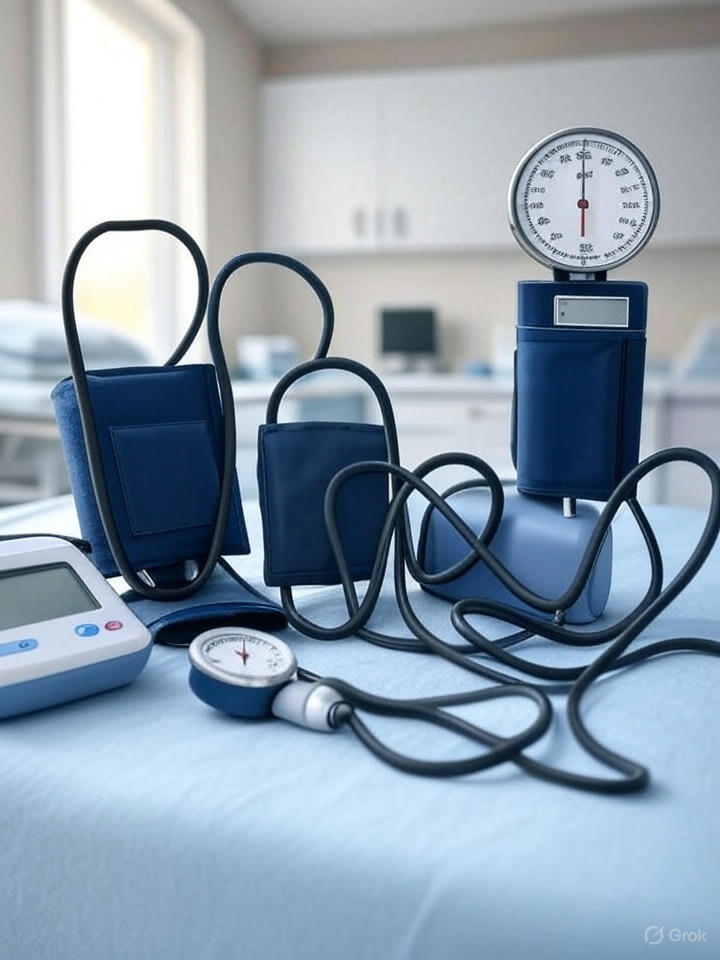1. How to Read Blood Pressure?
Blood pressure is one of the most essential indicators of your cardiovascular health. Knowing how to properly read and interpret your blood pressure readings can help you take proactive steps to protect your heart, maintain a healthy lifestyle, and prevent serious health conditions such as heart disease and stroke. This guide explains blood pressure readings in detail, including what the numbers mean, the different categories of blood pressure, and how you can monitor your readings effectively.
When you know how to interpret these readings correctly, you can make better decisions about your daily habits, including diet, exercise, and stress management. Maintaining healthy blood pressure levels can significantly lower your risk of developing serious medical conditions such as heart disease, stroke, kidney problems, and other complications related to hypertension.
